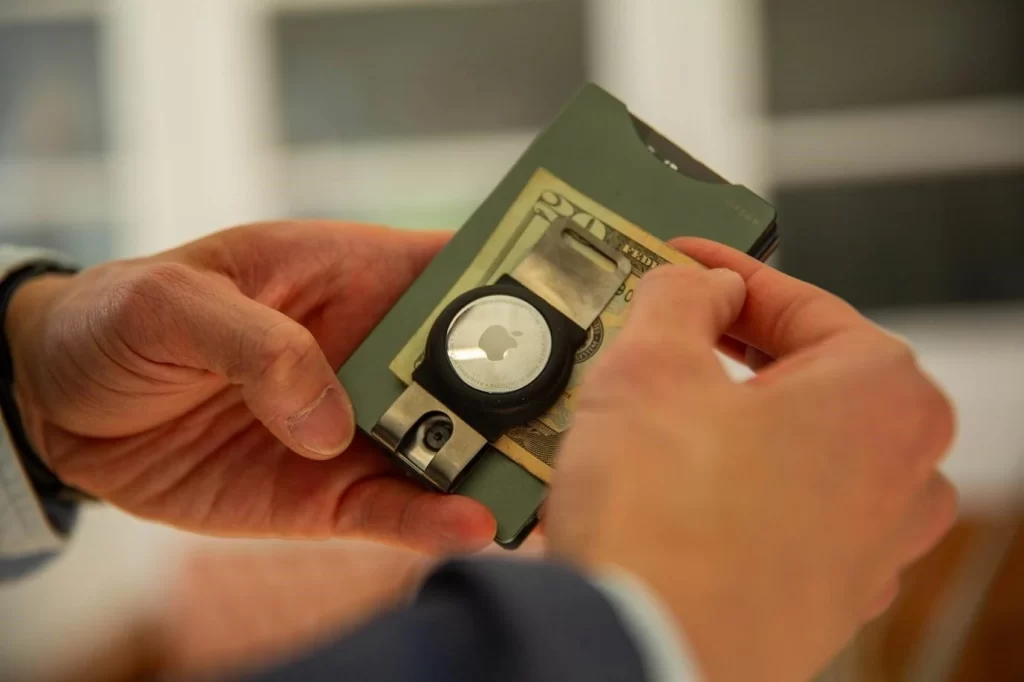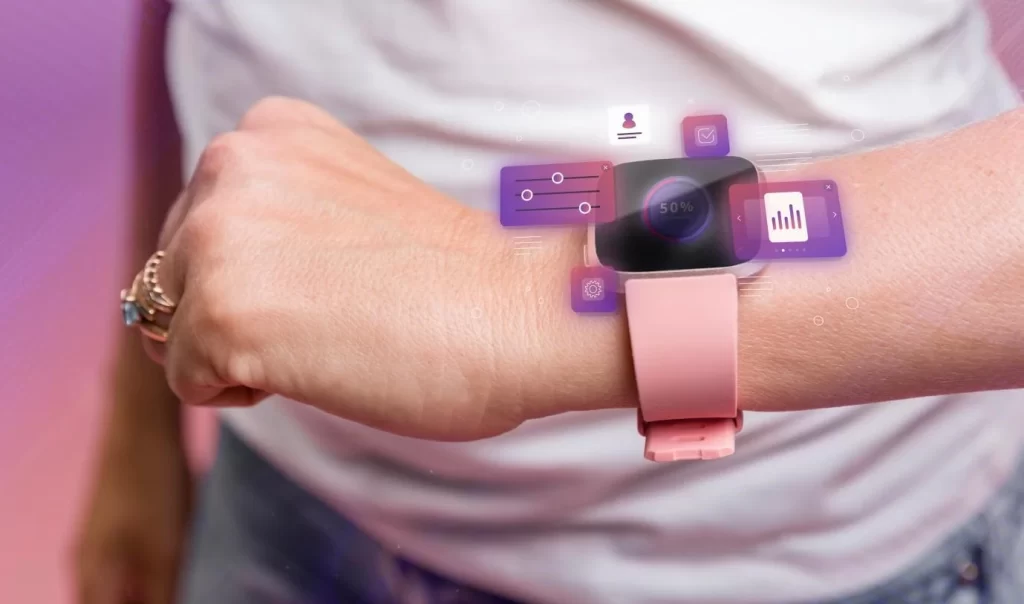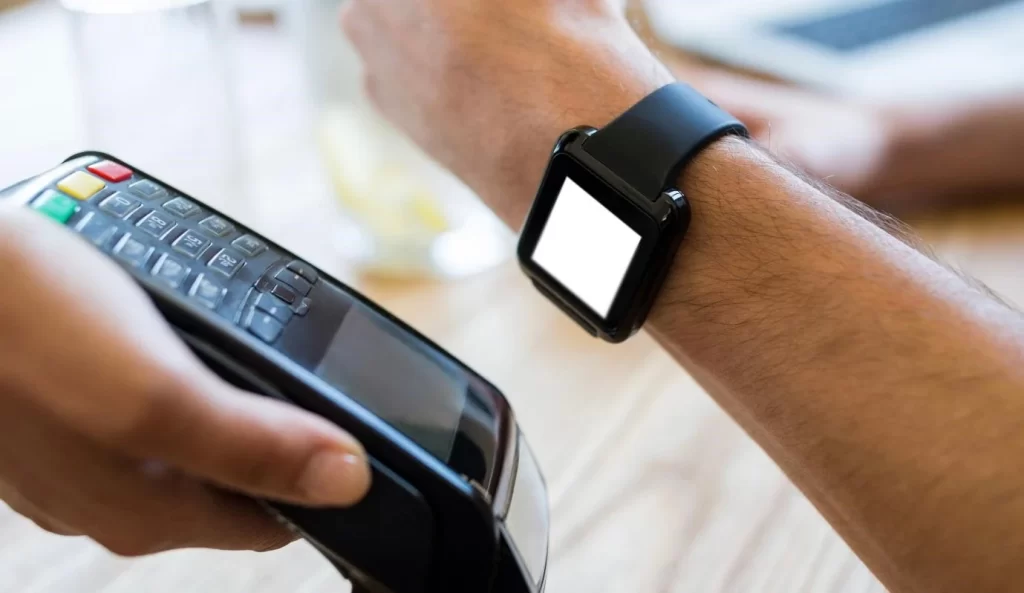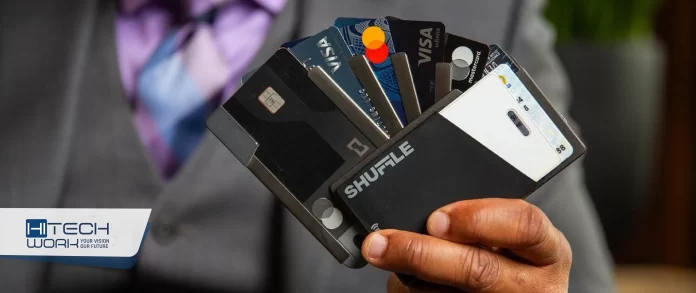The fast-paced advancement of technology has seen the birth of many innovative and creative ideas, opportunities, products and services.
From coins to paper notes and then mobile payments, there is an ever-evolving advancement when it comes to the finance and banking sectors.
Minimalist wallets like the Shuffle minimalist wallets aid contactless payments and transactions. They can seamlessly work hand in hand with wallet-integrated wearables to make every monetary payment, tracking and transaction a convenient and secure experience.

What are Minimalist Wallets?
Traditional wallets are average wallets that focus on quantity over quality. It is designed with large spaces to accommodate several things and this makes it bulky and uncomfortable to carry on one’s self.
Minimalist wallets, unlike traditional wallets, were designed to be sleek and compact. It focuses on simplicity and quality over quantity. This makes it convenient and comfortable for everyday carry. The minimalist wallet is built with a minimum of 5 to 10 slots for cards like ID cards, credit cards, or membership cards and a compartment for cash, a clip-on or within the wallet.
They also have security features like RFID blocking technology, Bluetooth tracking, biometric verification and even voice activation. Some minimalist wallets also have NFC integrated into them and this promotes contactless payment.
Built with durable materials like leather, nylon, steel, aluminium, and metal, minimalist wallets project versatility as they can adapt to any activity, event and diverse preferences of individuals.
Evolution of Wearables

The early stages of wearables were made to have a more portable mode of checking time when on the move. Then gradually, the wearables seeped into the health and fitness sector and the step-counting feature was integrated into the wearable.
Wearables slowly evolved into having other features like GPS tracking and notifications. Different wearable companies explored other functionalities beyond time checking and fitness checking.
The fast-paced advancement of technology brought about a shift from physical wallets and payments to digital wallets and payments. This prompted companies to look for ways to design wearable devices that can perform different tasks.
Wearables are considered components of the Internet of Things (IoT) so evolving to feature mobile payments technology is not uncommon. The gradual rise of contactless payments drives the integration of mobile payments in wearables.
The wearable industry integrated NFC into their wearables to enable contactless payments. The NFC (Near Field Communication) technology is the primary factor in facilitating contactless payments.
To ensure the safety of users’ financial details, biometric authentication like fingerprint and even heart rate recognition were put in place.
The MST (Magnetic Secure Transmission) technology that allows wearables to copy card swipes and QR codes for payments has been integrated to give versatility to wearables.
They can also be linked to mobile wallets which allows for the management of payment methods and receiving transaction notifications.
Advantages of Wallet-Integrated Wearables

Convenient transactions
Wearables allow for easy transactions just from the comfort of the wrist. When linked with a mobile wallet or wallets, seamless payments can be made and transactions can be tracked. It eliminates the need to carry physical wallets around or make use of smartphones for monetary transactions which offers a convenient and secure payment experience.
Security features
Wallet-integrated wearables have security features that help safeguard the sensitive financial details and transactions of users. These features include biometric verification and also tokenization. It ensures secured financial transactions by preventing and minimizing fraudulent activities and unauthorized access.
Access to information
The wearables give detailed real-time information about payment methods, payment history, transaction details and even account balances. It sends notifications after monetary transactions which helps users track their daily expenses. It also helps users be aware of their financial activities through the interface of the wearable which will give a sense of control over one’s finances.
Fitness tracking
The early stage of wearables was for time-checking and it later incorporated a fitness tracker for counting steps. Wearable industries are now incorporating payment abilities into smartwatches and fitness-tracking wearables. So not only can payment transactions be made, but health tracking like heart rate and pressure is also made known.
Streamlined activities
One wallet-integrated wearable device offers multiple functions and this helps to streamline one’s activities and even everyday carry essentials. Users can smoothly and seamlessly move from one function to another, that is, fitness tracking, payment methods, account balance, payment and transaction notifications. It also helps minimize the everyday carry of users.
Conclusion
The banking and finance sector is slowly evolving from physical wallets to wallet-integrated wearables. These wearables are built to perform multiple functions to ease the daily lifestyle of users. These functions involve fitness tracking, payments, account balance tracking and transaction notifications.






